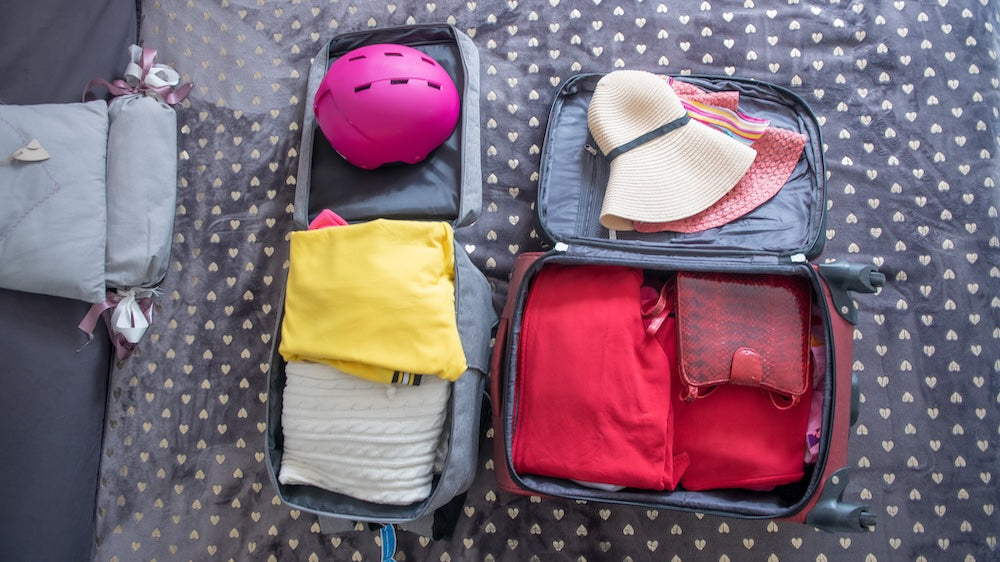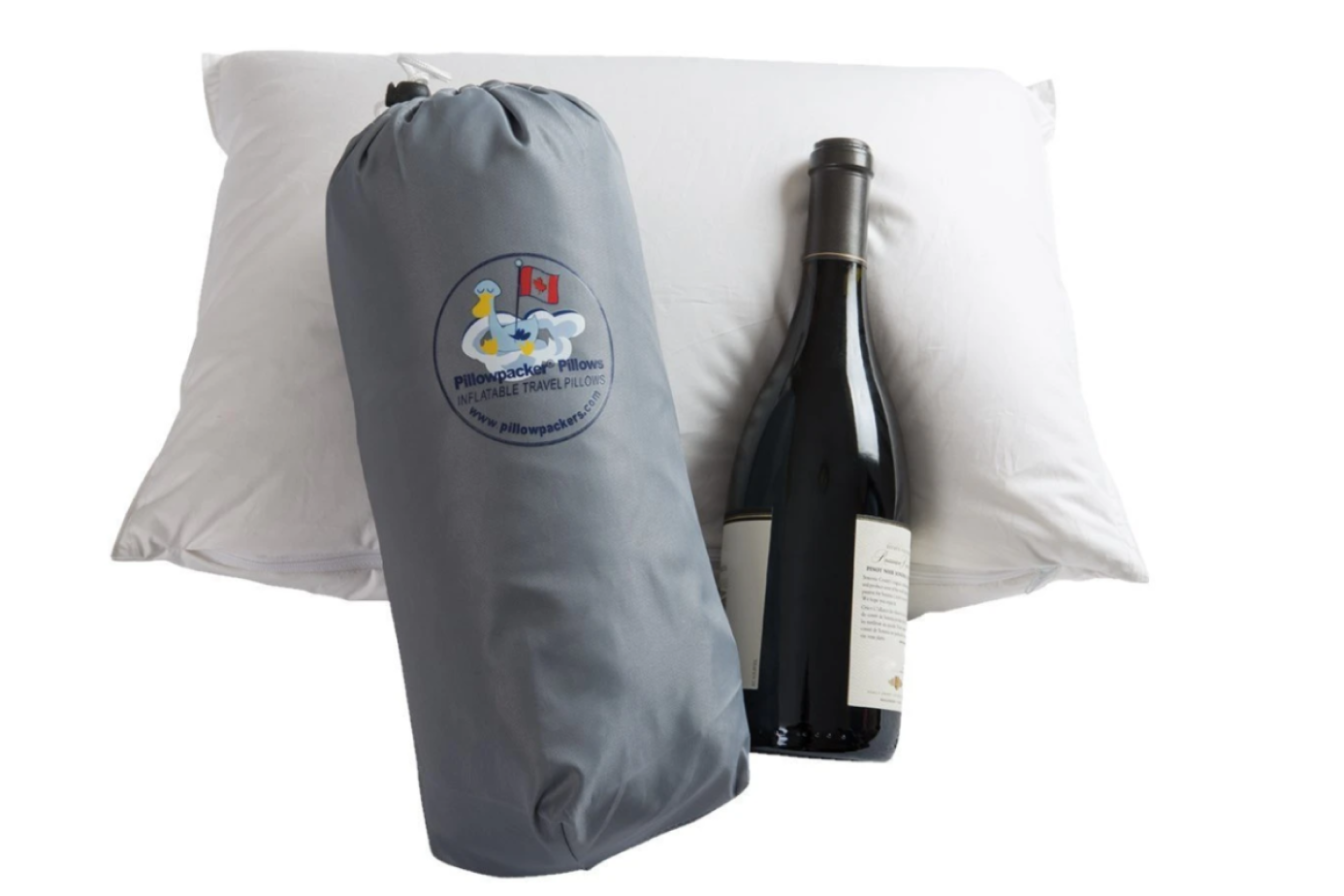How To Maintain Your Sleep Routine While Travelling Across Time Zones

Understand the Impact of Time Zone Changes
Traveling across time zones can disrupt your sleep schedule, making it challenging to maintain your regular sleep routine. Adjusting to a new time zone can be difficult, but with a few strategies, you can keep your sleep routine intact. Here’s how to maintain your sleep routine while traveling.
Traveling across time zones affects your body's internal clock, also known as the circadian rhythm. This disruption can lead to jet lag, causing symptoms like fatigue, difficulty concentrating, and sleep disturbances. Understanding how time zone changes impact your body helps you prepare and adapt better.
Plan Before Your Trip
Preparing for a trip across time zones starts well before you board the plane. A few days before departure, gradually adjust your sleep schedule to align more closely with your destination's time zone. If you're traveling east, go to bed and wake up an hour earlier each day. For westward travel, do the opposite. Additionally, consider adjusting your meal times to match those at your destination. This can help your body acclimate more quickly to the new schedule and reduce the impact of jet lag once you arrive.
Use Air Travel Time Wisely
During your flight, align your activities with the destination's time zone as much as possible. If it’s nighttime at your destination, try to sleep during the flight. Use earplugs, eye masks, inflatable travel pillows, and noise-canceling headphones to create a conducive sleeping environment. Stay awake if it’s daytime at your destination. Engage in activities like reading or watching movies to stay alert. Avoid taking long naps during the flight, as this can make it harder to adjust to the new time zone upon arrival.
Exposure to Natural Light
Natural light is a powerful cue for regulating your body's internal clock. Spend time outdoors during daylight hours at your destination to help reset your circadian rhythm. Morning light exposure can help you adjust more quickly if you're traveling east, while evening light can be beneficial for westward travel. Likewise, limit your exposure to bright artificial lights in the evening, as this can interfere with your ability to fall asleep. Using apps or devices that simulate natural light can also help manage light exposure.
Stay Hydrated and Eat Light
Dehydration and heavy meals can worsen jet lag symptoms. Drink plenty of water during your flight and avoid alcohol and caffeine, which can disrupt sleep patterns. Opt for light meals that are easy to digest to keep your body balanced. Eating at times that correspond with mealtimes at your destination can also help your body adjust. Bringing your own healthy snacks can be beneficial, as in-flight meal options are often limited and may not always be the healthiest choice.
Stick to a Sleep Routine
Once you arrive at your destination, establish a consistent sleep routine. Go to bed and wake up at the same time each day to help your body adapt to the new time zone. Create a relaxing bedtime routine to signal your body that it's time to sleep, such as reading a book or taking a warm bath. Avoid stimulating activities like watching TV or using electronic devices before bed. Incorporate calming practices such as gentle stretching, meditation, or listening to soothing music to enhance your relaxation.
Limit Naps
While napping might seem like a good way to catch up on lost sleep, it can actually make it harder to adjust to a new time zone. If you need to nap, keep it short (20-30 minutes) and avoid napping late in the afternoon or evening. Set an alarm to prevent oversleeping, and try to nap earlier in the day if possible. Short naps can boost your energy and mood without interfering with your nighttime sleep. Consistency with your sleep schedule will help your body adjust more effectively to the new time zone.
Consider Melatonin Supplements
Melatonin is a hormone that helps regulate sleep-wake cycles. Taking melatonin supplements can be an effective way to adjust your sleep routine while traveling across time zones. Consult a healthcare provider before taking melatonin to ensure it's appropriate for you. Start with a low dose to see how your body responds, and take it about 30 minutes before your intended bedtime at your destination. Avoid relying on melatonin long-term and use it as a temporary aid to help your body adjust to the new sleep schedule.
Manage Sleep Environment
Creating a sleep-friendly environment is decisive for maintaining your sleep routine while traveling. Ensure your sleeping area is cool, dark, and quiet. Use blackout curtains, white noise machines, or earplugs to minimize disruptions.
Avoid Electronic Devices Before Bed
Electronic devices like smartphones, tablets, and laptops emit blue light, which can interfere with your body's production of melatonin. Avoid using these devices at least an hour before bedtime. Instead, engage in relaxing activities that don't involve screens.
Stay Active
Regular physical activity can help regulate your sleep patterns. Engage in moderate exercise during the day, but avoid vigorous workouts close to bedtime. Exercise can also reduce stress and anxiety, which can interfere with sleep.
Manage Stress and Relaxation
Traveling can be stressful, and stress can negatively impact your sleep. Practice relaxation techniques such as deep breathing, meditation, or yoga to calm your mind before bed. Keeping a travel journal can also help manage stress by allowing you to process your thoughts and experiences.
Adjust Gradually Upon Return
When you return home, give yourself time to readjust to your local time zone. Gradually shift your sleep schedule back to normal by adjusting your bedtime and wake time by an hour each day. Be patient with your body as it readjusts.
Are You Moving? Get Professional Help
Maintaining your sleep routine while traveling across time zones can be stressful, especially if you’re moving. To ease the burden, consider hiring a professional moving company. Turn to Professional Movers Canada, which offers comprehensive moving services to ensure a smooth transition. Whether local or long-distance moving, their experienced team, with over 10,000 moves performed, can handle the logistics, allowing you to adjust your sleep routine and settle into your new environment. With their help, you can minimize disruptions and start your new journey well-rested.
Maintain Your Sleep Routine While Traveling
Maintaining your sleep routine while traveling across time zones is tricky but not impossible. To minimize the impact of time zone changes on your sleep, plan ahead, manage your sleep environment, and stay consistent with your sleep schedule. Implementing these strategies will help you stay well-rested and make the most of your travels.
Leave a comment
Comments will be approved before showing up.
Also in Blog

Travel Light This Spring: Minimalist Packing Tips - Pillowpacker
|
Discover minimalist packing tips for Easter getaways. Travel light and smart with Pillowpacker’s inflatable travel pillows for a comfortable journey. |

Easter Travel Gift Ideas | Pillowpacker Pillows
Discover thoughtful Easter gift ideas for travelers. Explore Pillowpacker inflatable travel pillows and must-have accessories for family adventures.

Spring Break Travel Comfort Essentials – Pillowpacker Pillows
Pack smart for spring break! Discover travel essentials for comfort, including the best travel pillow, cozy blankets, and must-have accessories.





